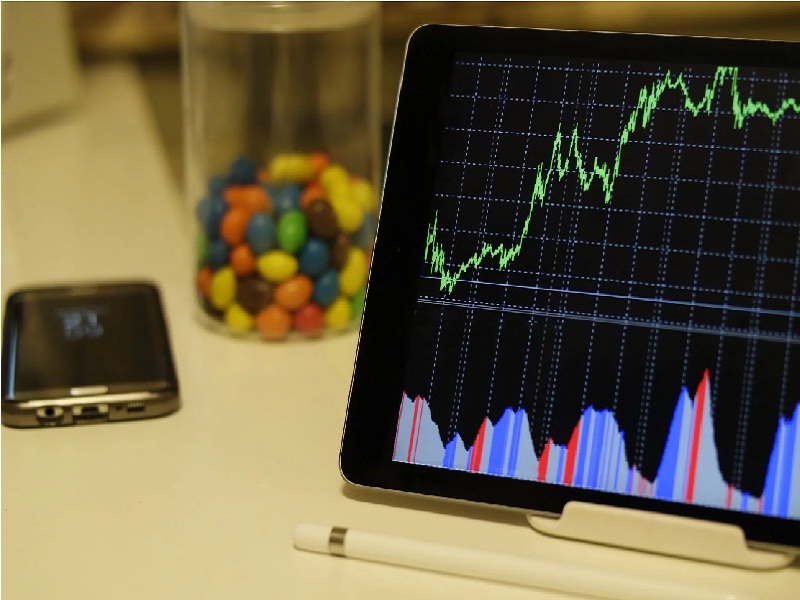The economic reality India may face after the reopening relief fades
Published On: Thursday, August 13, 2020 | By: Team KnowMyStock

In India, ever since the sudden lockdown brought all economic activity to a screeching halt, all hopes of a turnaround have come to be pinned on an easing of restrictions. Easing began in May in stages and for some time, economic data was showing signs of a recovery in business activity. But as the lives-versus-economy dilemma enters a more critical stage, these signs are now waning. Even as the government clutches at straws in search of potential game-changers, the gradual easing of lockdowns has sparked hope in some quarters. But what will come to the economy's rescue after the reopening relief fades, remains entirely uncertain.
High-frequency indicators like purchasing managers’ surveys and fuel sales show growth dipping in July, pointing to weak business activity. India's manufacturing PMI contracted at a quicker pace in July than a month prior and was one of the worst globally. Bank credit shrank and tax collections too moderated during the month. The improvements in the jobs scene also tapered off, according to the Centre for Monitoring India Economy.
Any improvement in economic data that we may have seen recently is just a reflection of normalisation following extreme lows; it is unlikely that India's macroeconomic fundamentals have seen any such improvements, according to experts.With the country battling persisting fundamental weaknesses,they see real GDP contracting by 4.4 per cent in FY21 — the deepest recession since 1980.
To make matters worse, the economy's deepening travails have coincided with a sharp uptick in Covid-19 cases, especially since reopening began in May. India now has over 23 lakh cases — the third in the world behind Brazil and the US. The worsening situation forced states to impose localised shutdowns in July to curb the outbreak.
Monetary manoeuvres are also falling short. Despite the widely accommodative monetary policy stance of reducing repo rate by 115 bps, liquidity injections and fresh regulations over the past few months, RBI's actions have at best been average compared to the policy support being provided by other central banks.
Centralgovernment is likely to announce fresh measures in the coming days, including big-ticket infrastructure projects and policy changes, to make local industry more competitive, as part of efforts to rebuild the economy. As for the question of whether or not the earlier set of measures have had any impact, the Q1 GDP figures coming on August 31 will put things in perspective.
We are on Telegram!
JOIN our telegram channel to receive updates on Financial News and Stock and FNO Tips.
Click Here!
Follow Us On:






